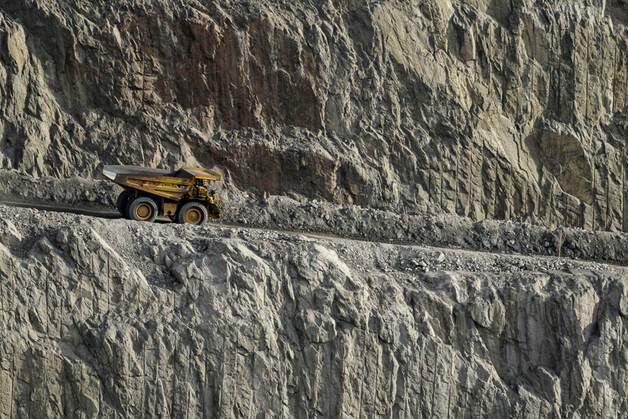Mining for Answers
There are two engine rooms in the State’s economy – Resources & Agriculture. Combined they contribute 83% of the States exports and employ 65,900 people. Collectively, these sectors fund our hospitals, schools and roads. When farming and resources prosper, so to, does the State.
Farmers and miners have co-existed since the 1840s and by building on this strong foundation of co-existence, we can continue to thrive alongside each other into the future. We have a state-wide economic imperative to do so.
The State’s sovereign ownership of minerals has deep historical context. The claim of the Crown to minerals originates from the English Case of Mines in 1567, and subsequently, a widely held belief that mineral deposits are a fortuitous `gift of nature' with any net benefits flowing from their exploitation belonging to the community rather than to whoever happens to own the surface rights. Changing this right would place the State’s wealth in a private purse.
These non-renewable resources are held in trust by the governments of Australia who have a mandate to ensure that they are utilised efficiently and effectively in the interests of those they have been elected to represent. Royalties flow to the State from mineral developments and today, in South Australia, the annual value of these royalties is $237m.
There are two engine rooms in the State’s economy – Resources & Agriculture. Combined they contribute 83% of the States exports and employ 65,900 people. Collectively, these sectors fund our hospitals, schools and roads. When farming and resources prosper, so to, does the State.
Farmers and miners have co-existed since the 1840s and by building on this strong foundation of co-existence, we can continue to thrive alongside each other into the future. We have a state-wide economic imperative to do so.
The State’s sovereign ownership of minerals has deep historical context. The claim of the Crown to minerals originates from the English Case of Mines in 1567, and subsequently, a widely held belief that mineral deposits are a fortuitous `gift of nature' with any net benefits flowing from their exploitation belonging to the community rather than to whoever happens to own the surface rights. Changing this right would place the State’s wealth in a private purse.
These non-renewable resources are held in trust by the governments of Australia who have a mandate to ensure that they are utilised efficiently and effectively in the interests of those they have been elected to represent. Royalties flow to the State from mineral developments and today, in South Australia, the annual value of these royalties is $237m.
|
As a result, the State, on behalf of the people of South Australia, have responsibility for determining access to minerals for the best overall economic outcome, and should continue to do so.
The Mining Act was last revised in 1971. It is a 47-year-old piece of legislation, the oldest Mining Act in the country and one that is both out of date and overdue for reform. The process of modernising the Act in consultation with agriculture and mining commenced in 2017. The South Australian Chamber of Mines and Energy has consistently called for a structural review of the Act commencing with an independent comparative analysis of other jurisdictions. We are always seeking to lift the bar of industry and one of the best ways to do this is to look at what others are doing. Mining occurs all over the world and there are many examples of legislation that are more contemporary than ours. We feel that by starting with a review of how other States and countries have set up their legislation, we can begin to update our Act with one that is fit for South Australia today, and one that reflects the changes of this fast-growing, high tech industry. |

